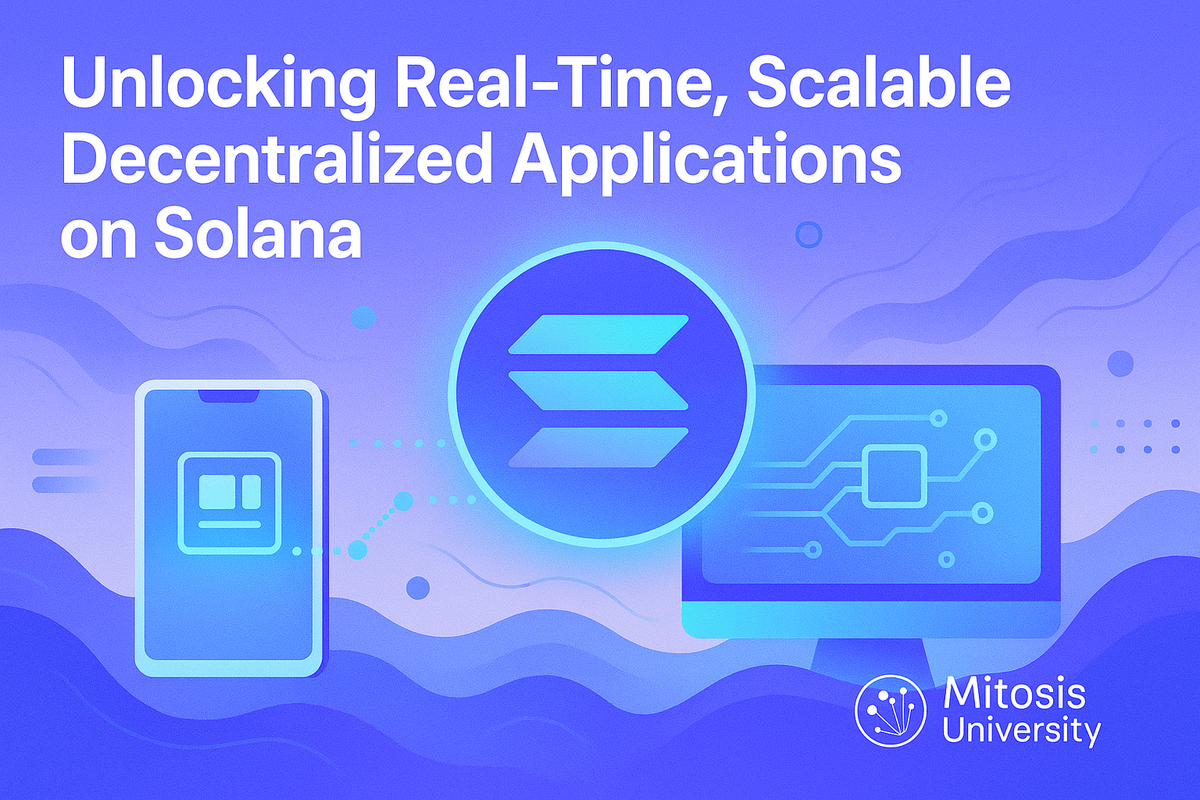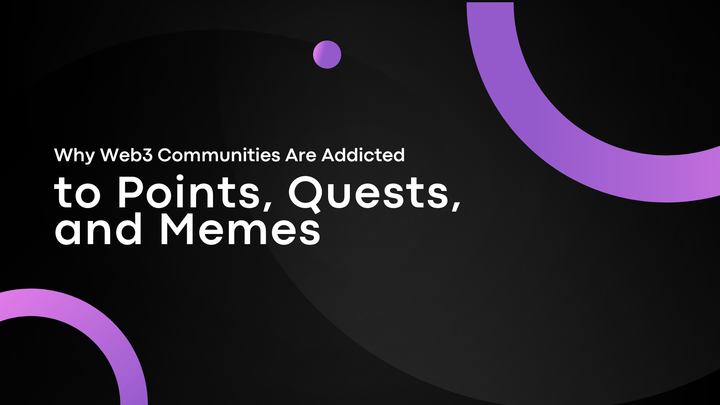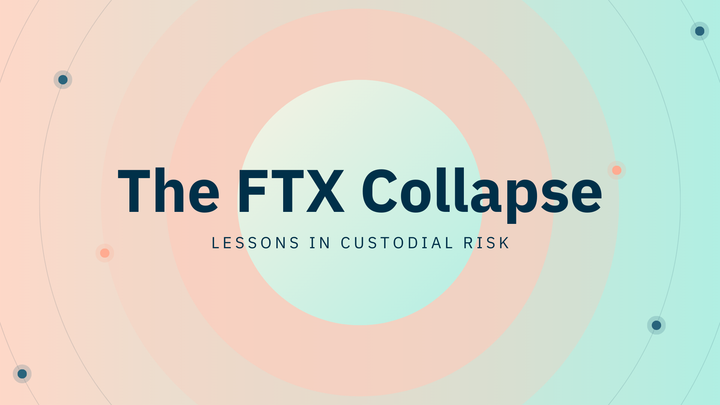MagicBlock Unlocking Real-Time, Scalable Decentralized Applications on Solana

What if decentralized apps could be as fast, seamless, and cost-effective as their centralized counterparts—without compromising on security or composability?
Enter MagicBlock, a powerful extension of the Solana network designed to make that vision a reality. As blockchain adoption grows, the pressure mounts to overcome critical issues like latency, cost, and scalability. MagicBlock rises to the challenge, enabling a new generation of real-time decentralized applications (dApps) that are not only high-performance but also deeply composable and transparent.
In this article, you'll discover how MagicBlock works, why it's a game-changer for developers and users alike, and how it's already transforming industries like AI, gaming, and DePIN (Decentralized Physical Infrastructure Networks).
Solving Blockchain’s Bottlenecks with Ephemeral Rollups
At the heart of MagicBlock’s innovation is its Ephemeral Rollup (ER) technology—an execution layer that complements Solana by enabling ultra-fast, gasless transactions without compromising on-chain composability.
What Are Ephemeral Rollups?
Ephemeral Rollups are temporary, high-performance execution environments that integrate seamlessly with Solana’s architecture. By leveraging Solana's parallel processing and account-based model, MagicBlock lets developers offload high-throughput workloads while maintaining compatibility with the base layer.
Key Features:
- Ultra-Low Latency: Achieves ~10 ms state transitions for real-time responsiveness.
- Gasless Transactions: Makes microtransactions and mass adoption viable.
- Horizontal Scaling: Supports millions of transactions per second via on-demand rollups.
- Built-In Scheduling: Includes a ticking mechanism for automated task execution.
- Transparent State Access: Delegated accounts remain readable on L1, preserving composability.
- Developer-Friendly: Works with existing Solana tooling—Anchor, Rust, C, and more.
How It Works
- State Delegation: Program Derived Addresses (PDAs) are temporarily locked to MagicBlock’s Delegation Program.
- Execution Routing: Transactions are routed via a specialized RPC to either Solana or the ER, depending on account delegation status.
- State Commitment: The ephemeral state is periodically committed back to the base layer using fraud-proof mechanisms.
- Undelegation: After execution, states can be finalized and returned to their original ownership via the the function.
By functioning like a multithreaded extension of Solana, ERs enable concurrent execution environments that drastically reduce congestion, costs, and complexity.
Real-World Applications: Finance, AI, Gaming, and DePIN
MagicBlock isn't just theoretical—it’s already unlocking new possibilities across multiple sectors. Let’s look at a few standout use cases.
1. Real-Time Finance and Payments
Challenges: Traditional finance is hampered by opaque processes, delays, and lack of programmability. Even blockchain-based systems struggle with fees and finality speed.
MagicBlock Advantage: Enables instant, low-cost transfers and real-time settlement while maintaining transparency and composability. This paves the way for programmable finance and censorship-resistant infrastructure.
2. Decentralized AI Agents
Challenges: Most AI systems rely on centralized models with closed logic and limited transparency. Blockchains lack the compute and speed for real-time inference.
MagicBlock Advantage: Allows verifiable, decentralized AI execution that interacts with live blockchain data. Developers can run open-source AI models in real time, with full auditability and trustless decision-making.
3. Gasless Gaming & Open Metaverse
Challenges: Blockchain gaming often suffers from slow interactions, gas costs, and limited modifiability.
MagicBlock Advantage: Supports gasless, high-frequency gameplay and dynamic, composable game worlds. For example, the MagicBlock Labs game Generals uses ERs to create responsive, real-time gameplay while preserving on-chain ownership.
4. DePIN: Decentralized Physical Infrastructure
Challenges: Infrastructure like wireless networks or energy grids typically relies on centralized coordination, leading to high costs and failure risks.
MagicBlock Advantage: Offers a tamper-proof, zero-cost coordination layer for real-world assets. It enables scalable, verifiable microtransactions for systems like energy distribution, IoT sensor networks, and beyond.
Conclusion
MagicBlock represents a bold step forward for blockchain scalability and real-world usability. By fusing Solana's base layer with a high-performance ephemeral execution engine, it delivers the low-latency, low-cost, and composable architecture that decentralized applications need to thrive.
Key Takeaways:
- Ephemeral Rollups enable real-time, gasless transactions without sacrificing on-chain compatibility.
- Developers can integrate MagicBlock with familiar tools and deploy on Solana with minimal changes.
- MagicBlock is already redefining what's possible in finance, AI, gaming, and decentralized infrastructure.
Looking Ahead: As the demand for high-performance dApps grows, will MagicBlock’s approach become the new standard for blockchain execution? How will developers and users take advantage of these new capabilities?



Comments ()